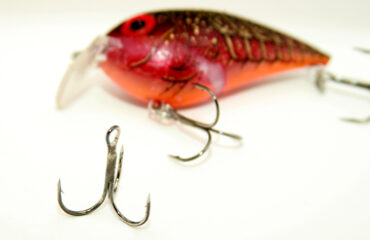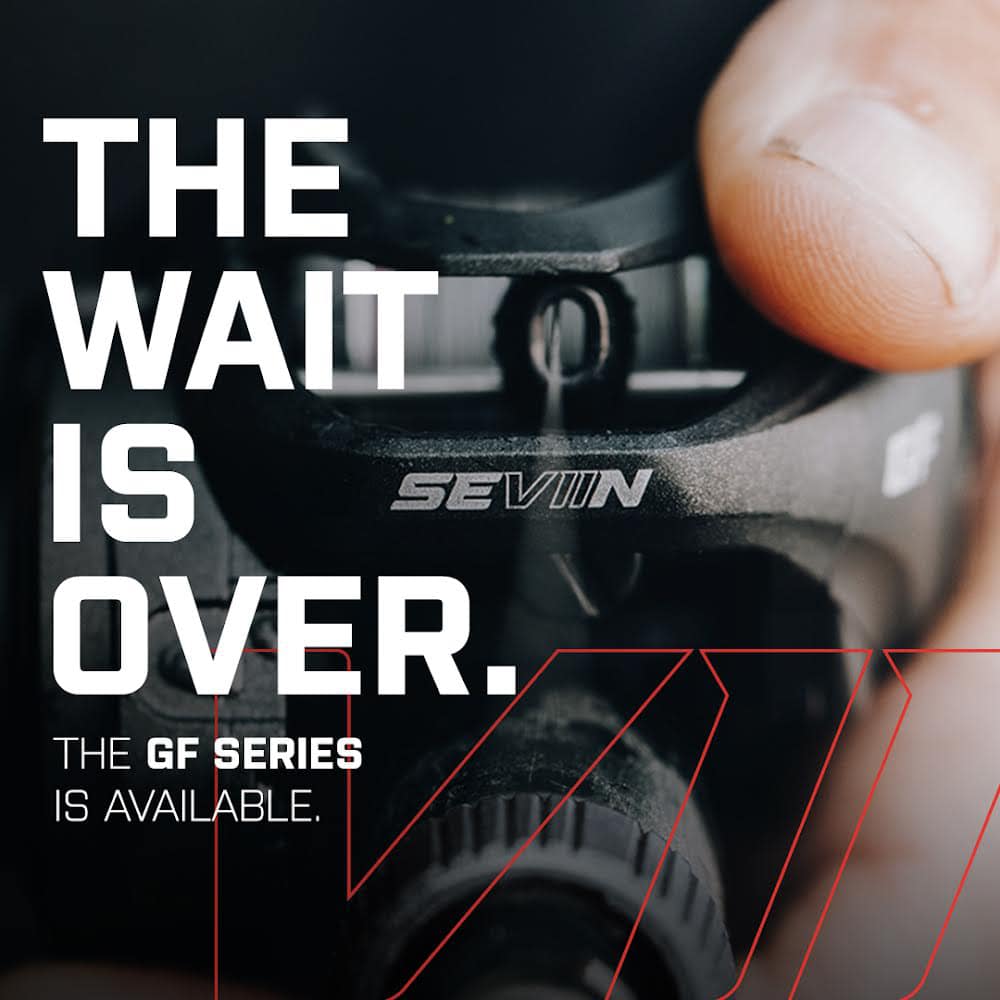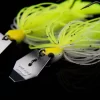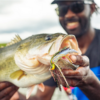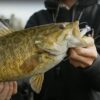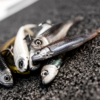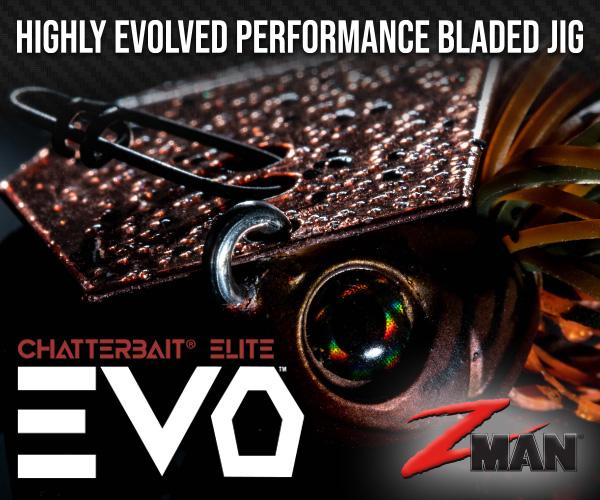The Z-Man Gobius™ swimbait
Ladson, SC (July 9, 2023) – “Over the years, we’ve seen smallmouths turn completely away from traditional patterns and vital forage bases to focus single mindedly on round gobies,” observes Z-Man® pro Grae Buck, whose home waters include Great Lakes Erie and Ontario, where gobies have ballooned bass growth to freakish dimensions.
“Bass never seem to get their fill of these critters, which you have to admit, kind of resemble little cartoon characters,” suggests the Pennsylvania based bass pro with a grin. “If you pay attention to their habits and swimming cadence and put the right bait within sight, a big smallmouth will nearly always eat. Unquestionably, Z-Man’s Gobius™ swimbait checks all the boxes. It clearly bears a striking physical resemblance to the real McCoy. But in terms of body posture and tail action, the new Gobius is also nearly indistinguishable from a live round goby.”
As Buck explains, most anglers think about goby patterns only in spring when bass beds become overrun with armies of the little animals. “Actually, smallmouths grow to these grotesque proportions by foraging on gobies almost year around,” he believes. “These preyfish actually lack an air bladder, so as long as you keep your bait pinned to the bottom, crawling over rocks, shells and other debris, you’ll eventually connect on the biggest smalljaw of your life.”
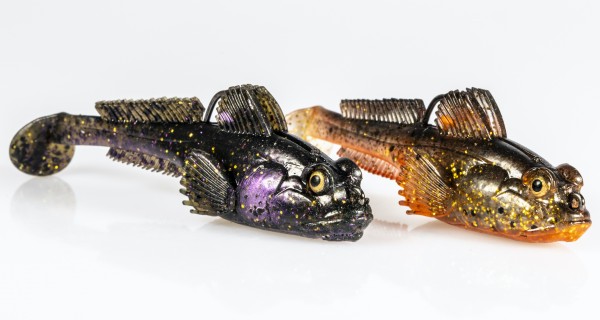
A split dorsal fin brush guard deflects cover, but when a bass bites, opens and exposes the entire hook gap for solid sets.
The first true-to-nature goby swimbait composed of 10X Tough ElaZtech®, the 3-inch Gobius boasts a convergence of truly valuable qualities: soft and chewable as the actual live invasive species. Tough enough to bounce back from multiple smallmouth chews. Just enough buoyancy to perch upright in typical goby fashion— all assumed advantages of ElaZtech at this point.
Now for the good stuff . . . Combined with its split dorsal fin brushguard, the Gobius’ precise structure jig/harness crawls upright over rocks and other cover, effortlessly deflecting what would otherwise be snag-city. The lure’s natural buoyancy, balanced weighting and flat underbelly further enable its bottom-darting tendencies, nearly indistinguishable from the actual invasive. Mottled, hand painted body details—eyes, belly, fins, gills, tail— complete the illusion.
Addressing a complaint common to most goby baits today, the Gobius’ 1/0 custom-built, sickle-style hook and squeezable body ensure hard-hitting hooksets. “The combination of the bait’s soft, compressible ElaZtech body, deep dorsal hook pocket and situation specific hook will be a pleasant surprise for anglers accustomed to goby baits with low-hookup ratios,” notes Z-Man Director of Product Development, Jose Chavez.
“When a bass bites, the top of the bait’s body compresses away from the hook, while its tail section is built to move down and out of the way, opening the entire hook-gap for easy penetration into the jaw.
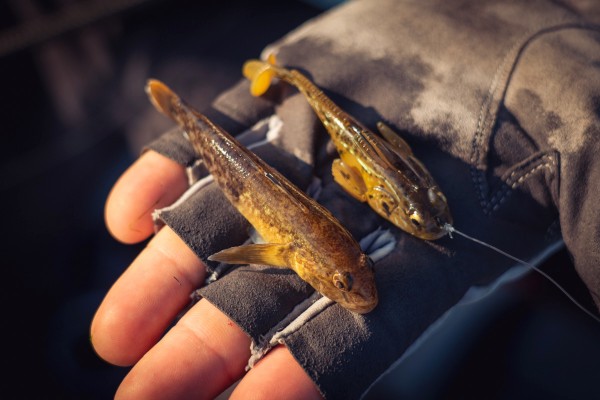
Cartoon character, or the real McCoy?
“The hook itself works further in the angler’s favor,” adds Chavez. “The apex of the bend lies closer to the shank, so when pressure is applied by the angler, the bass’ jaw moves down and away from the point, eliminating its leverage and ability to dislodge itself.”
Propelling the Gobius and matching the species’ telltale wagging action, a rounded paddletail with subtle t-shaped rudder enhances its quick kick-and-stop cadence. The motion is fast, fluid but not excessive. Oversized pectoral fins add to the illusion, further aiding the bait’s ability to perch atop rocks, surveying the landscape with its bulging, hand-painted eyeballs.
“In terms of bait movement, you’ll notice gobies actually move more like crayfish than minnows,” explains Buck. “Quick tail kicks aided by pectoral fin thrusts are always followed by a gliding sequence and a rest. It’s why gobies are so easy for bass to catch. They lack a swim bladder, too, so gobies always sink back to bottom. They’re physiologically incapable of outrunning a predator.
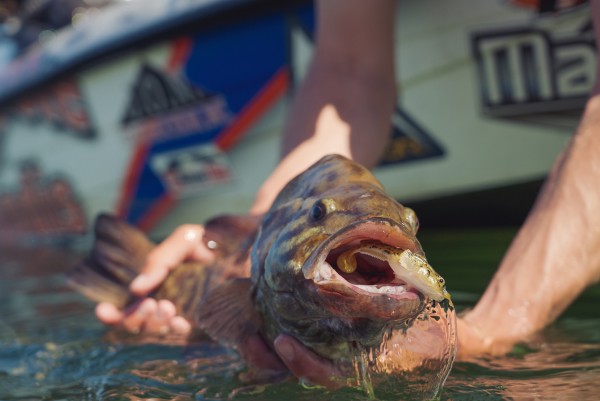
“Fish the Gobius the same way you might work a jig,” Buck suggests. “One or two quick, dramatic rodtip twitches should always be followed by a pause. The bait’s easily lifelike enough to simply let it soak and attract bass with its physical appearance alone.
“One other really cool thing about the Gobius is that bass recognize it as food, everywhere,” he adds. “Certainly don’t need to have gobies in your favorite lake to catch bass and other species with the bait. Largemouth and spotted bass eat it just as willingly because they’re used to eating other bottom-dwelling forage, like sculpins, darters and bullheads all the time. Not to mention the fact giant trout, pike and walleyes gobble these critters with just as much aggression, Great Lakes and beyond— and very few anglers are tapping these incredible overlooked patterns.”
Available in October, the 3-inch Z-Man Gobius features three weight options (3/8-, 1/2- and 3/4-ounce) in eight lifelike colors, including a mix of goby camo schemes, popular smallmouth hues, and even a high-vis sight fishing pattern. MSRP $5.99 each.





